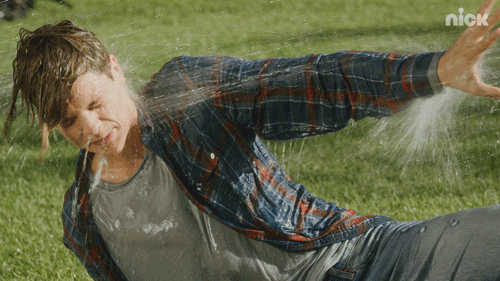
Before we jump into springbiding the irrigation system, it’s important that you’re comfortable with knowing your system was winterized, completely drained of water and shut down properly at the end of last years’ irrigation season. If you’re unsure, call an irrigation specialist to assist with the spring startup. It will save you time, money, and frustration.
While spring has sprung and the ground is beginning to thaw, it is only when there is no chance of overnight temperatures dropping below zero degree (late April or early May) that it’s safe to say, “inspect the irrigation” not “flip the switch.” Don’t be too quick to bypass a few important steps to ensure your system has made it through a grueling winter.
Your irrigation system was expensive and has great resilience – taking it for granted might prove disastrous. It’s made up of multiple components that precisely interconnect with each part in order to operate in a hands-free environment. This is an investment worth the few steps it takes to ensure its daily operation can deliver without hiccup. Below is a list of steps to effectively manage your spring start up.
Starting up Your Underground Irrigation System
FIRST THINGS FIRST:
A) Be prepared to devote a couple hours to supervise the system’s initial operation. This is the time to manually control each zone ensuring that all sprinklers are popping up and operating in normal range.
B) Test the ground by inserting a tool to penetrate to a depth of at least one foot. If you broke out in a sweat without getting past a few inches, go grab a drink and a few days’ rest, the irrigation isn’t ready to operate either.
PREPARE TO START UP
1) Main Water Valve:
Turn on the main water valve slowly counterclockwise. Remember: Lefty-Lucy, Righty-tighty. This valve could be located outside after the backflow preventer or in the mechanic room, follow the pipe from the cold-water line at the meter to where it goes through the wall outside.

2) Property Inspection:
Do a walk-about to inspect each sprinkler before allowing the water to pass through to each zone. Check for signs of damage, missing nozzles, and that each sprinkler is in good alignment and accounted for.

3) Wire Connection:
Inspect and tighten up all wire connections to each electric valve at the manifold, making sure the wires are protected with gel filled wire connectors.
Ensure the wires are securely connected at the controller for all valves, rain sensor, and other wired components.
4) Manual Override
Set the controller to ‘Manual operation’ then open each zone valve one at a time and watch that all sprinklers are functioning as they should.
5) Adapters & Switches
Secure any relay switches for pumps, adapters for power, and wifi plugins.
6) Check for Leaks
Inspect for any leaks at the manifold, along the distance of the zone pipe and up through each sprinkler. If there are leaks, you know what to do. X the spot, flag it, tag it or spray the area that needs repairs. shut the system down and repair or replace as needed.

7) Automatic Watering
Once you’re sure everything is in normal working condition, set the timer back to ‘Automatic Watering’. Spend the time to supervise the complete cycle of each zone. If some heads are spitting instead of spraying, check if they need to be cleaned instead of replaced.
8) Enjoy!! You’re all set for another beautiful irrigation season.
PS; If you want to add one or more zones to your system, go to www.irrigationpackages.com
Courtesy: https://www.youtube.com/watch?v=7XD7zRGTR2I
















